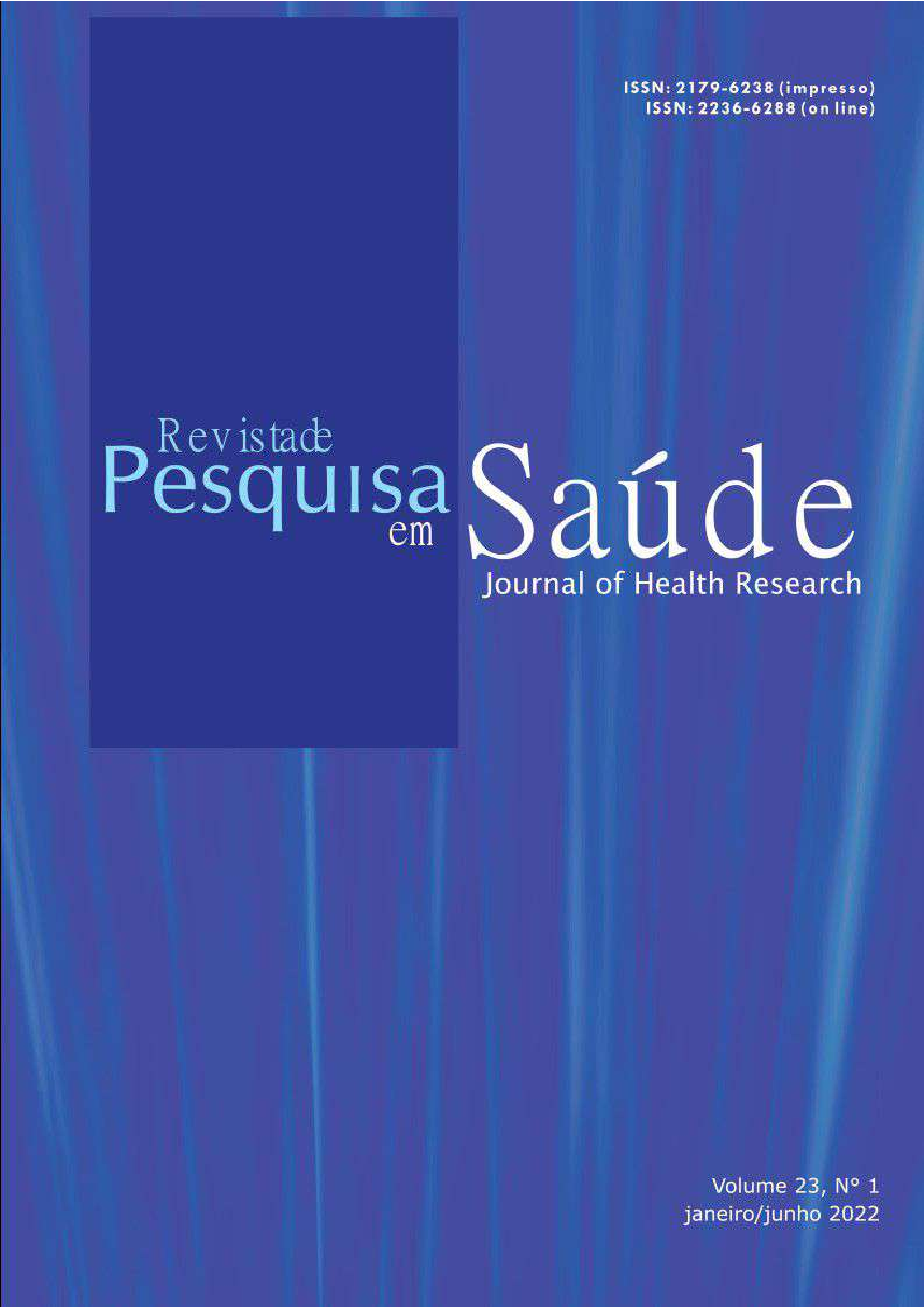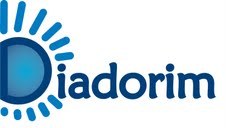AVALIAÇÃO DO MASCARAMENTO DE ALIMENTOS PARA INDIVÍDUOS COM TRANSTORNO DO ESPECTRO AUTISTA
Palavras-chave:
Transtorno do Espectro Autista, Comportamento Alimentar, Seletividade AlimentarResumo
Introdução: O Transtorno do Espectro Autista (TEA) é caracterizado por déficits no desenvolvimento, especialmente na comunicação, interações sociais e padrões de comportamento, interesses e atividades. Objetivo: Avaliar o mascaramento de alimentos como estratégia de diversificar o consumo alimentar em crianças e adolescentes com Transtorno do Espectro Autista. Métodos: Estudo analítico observacional desenvolvido com 28 crianças e adolescentes com Transtorno do Espectro Autista na cidade de São Luís, Maranhão, cuja coleta de dados ocorreu mediante aplicação de questionário através de plataforma digital. A variável desfecho foi o mascaramento dos alimentos. As variáveis independentes foram: dificuldade no consumo de novos alimentos, forma como os alimentos são apresentados, monotonia alimentar, aceitação de novos alimentos, seletividade alimentar, birras nos horários das refeições, recusa em se alimentar, tempo de terapia, idade do diagnóstico, idade. O nível de significância adotado para se rejeitar a hipótese nula foi 0,05. Resultados: Mais de 50% dos participantes desse estudo não fazem o uso do mascaramento de alimentos e a maioria relata má aceitação após o uso dessa técnica. Cerca de 39,3% dos pais e/ou responsáveis apontam a inserção de novos alimentos como algo vantajoso quando se utiliza o mascaramento enquanto outros relatam que a maior desvantagem é a limitação de novos sabores e texturas. Conclusão: O mascaramento dos alimentos é uma técnica experimentada por muitos familiares, mas muitos cuidadores relatam que, mesmo utilizando a mistura de alimentos aceitos com novos alimentos, as crianças e adolescentes tendem a recusar.
Palavras-chave: Transtorno do Espectro Autista. Comportamento Alimentar. Seletividade Alimentar
Downloads
Downloads
Publicado
Como Citar
Edição
Seção
Licença

Este trabalho está licenciado sob uma licença Creative Commons Attribution 4.0 International License.







